Marine Life Identification Perth WA
Shore Diving
Ascidians & Sea-squirts
Ascidiacea (commonly known as the ascidians or sea squirts) is a class in the Urochordata subphylum of sac-like marine invertebrate filter feeders. Ascidians are characterized by a tough outer "tunic" made of the polysaccharide tunicin, as compared to other tunicates which are less rigid... (Wikipedia)
---------------------------------------------------------------------------------------------------------------------------------------------------------------------------
Blue Throated Ascidian aka Molluccan Stalked Ascidian
(Clavelina Molluccensis)
Top two photographs taken at Rockingham DT, second row at Robbs Jetty.
Blue Throated Ascidians at Rockingham had formed along the guide ropes between the wrecks.Those from Robbs formed on the old Jetty pylons.
Love this second photograph, this thing was the size of a basketball, huge, and perfectly spherical.
You will find some sort of Ascidian at all the dive sites.
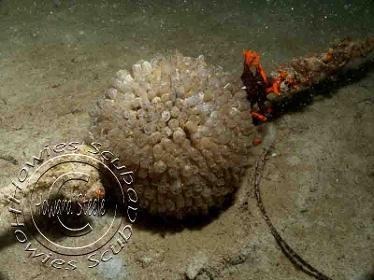
Orange Throated Ascidian
(Stomozoa australiensis)
Orange Throated Ascidian at Ammo Jetty, these blend quite well on the jetty pylons.
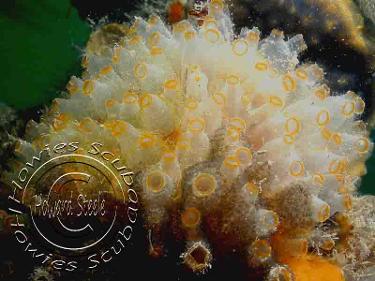
Black Throated Ascidian
(Clavelina nigra)
These little guys appear very similar in size and structure as the previous two and I have only recently been able to established this as the Black Throated Ascidians.
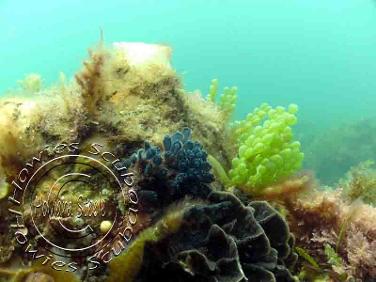
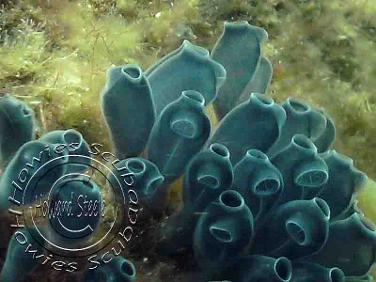
Diminutive Ascidian
(Pycnoclavella diminuta)
I was unsure of what these actually were when I first saw them. First thing that went through my mind was some type of eggs as they are so tiny, hence the appropriate name.
Photographed on the outer reef at Point Peron.
Little Orange Ascidian
(Stolonica australis)
Little Orange Ascidian was taken at Robbs Jetty and form quite large groups around the jetty.
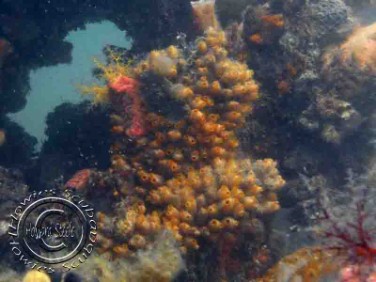
Compound Ascidian
(Didemnum mosleyi)
Photographs taken at Ammo Jetty. I am presuming that all of these photographs are of Didemnum mosleyi regardless of colouring.
Botrylloides schlosseri
Photographed at BBR, matting over the sea grass, about the size of fingers.
I originally had this down as Botrylloides leachi, however in approx. 12 hours I had changed it to the schlosseri instead.
This was based on colour, but apparently you have to look at the arrangement of the zoids (the pattern) on the matting.
I promise you I am not still confused ???
Botrylloides violaceus
Photographed at Ammo Jetty. look like small sweet corn.
Showing colour comparison.
Showing colour variation.
Pseudodistomidae gracilum
Photographed at Trigg Beach.
Brain Ascidian
(Sycozoa cerebriformis)
Taken at Robbs Jetty these come in varying colours, from white, blue, yellow, black and others.
I have to say the Brain Ascidian is becoming one of my favourites, they are so wonderfully shaped.
Bottom two photographs. First one shows minimal signs of inlet or exhalant siphons. Second is possibly a juvenile as currently not reached the distinctive brain shape.
Red-mouthed Ascidian
(Herdmania grandis)
These top pictures do not show off the quite distinct candy cane stripes of this Ascidian. This is apparently common with large Ascidians of this type. Pictures taken at Robbs and Ammo Jetties.
These photographs taken on a night dive at Ammo Jetty and clearly show off this distinct red and white colouring.
This shows a very small Red Mouthed Ascidian, I am sure they are just fledgling ascidians, however it may be a different type.
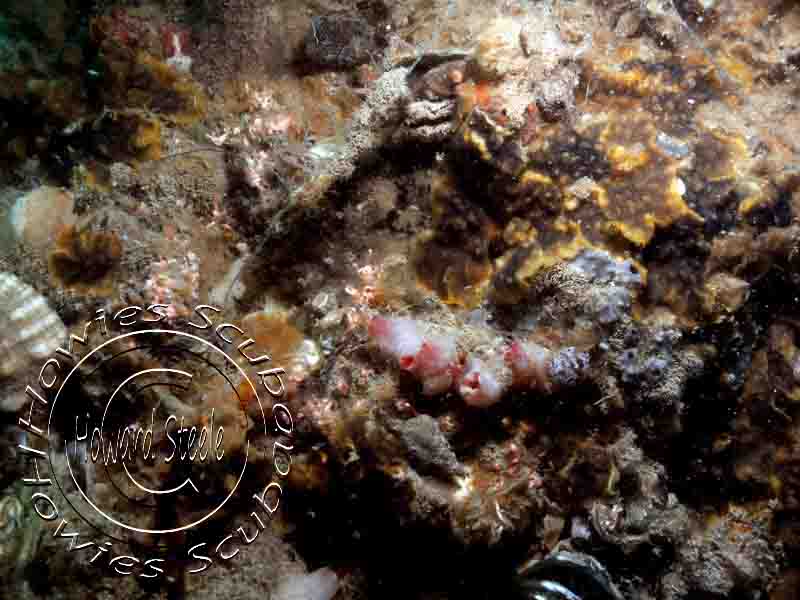
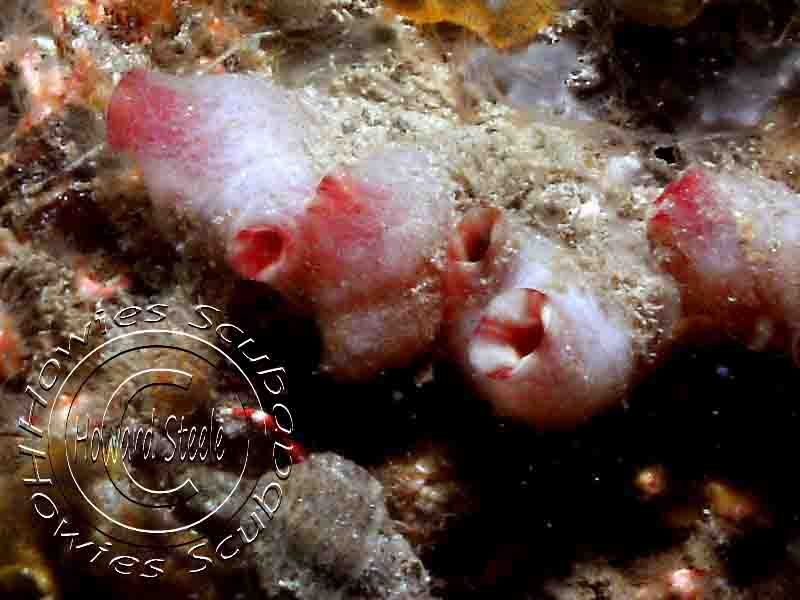
This pair show close up of mouth, showing some type of fine hairs or bristles on the opening. I am unsure if this is some type of sensory mechanism or absolutely nothing to do with the functioning of this ascidian.
Mauve-mouth Ascidian
(Polycarpa viridis)
Photographed at Robbs and Ammo Jetties.
Unknown Red/Orange Mouthed Ascidian
Little stumped with these tiny Ascidians, they where grouped with the Little Orange Ascidian at Robbs Jetty (see above) and not until I reviewed the days photographs did I realise they had the candy cane stripe along the opening.
Any help with identifying these would be appreciated.
Black Ascidian
(Phallusia nigra)
I am not 100% sure this is locally known as the Black Ascidian. I have seen it named as such from other resources, so until I have a local name for it I will keep it as this.
Photograph taken at Robbs Jetty.
(Polycarpa clavata)
Club Ascidian attached to the sea grass at Robbs Jetty (sea grass area)
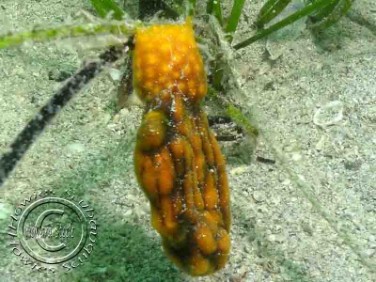
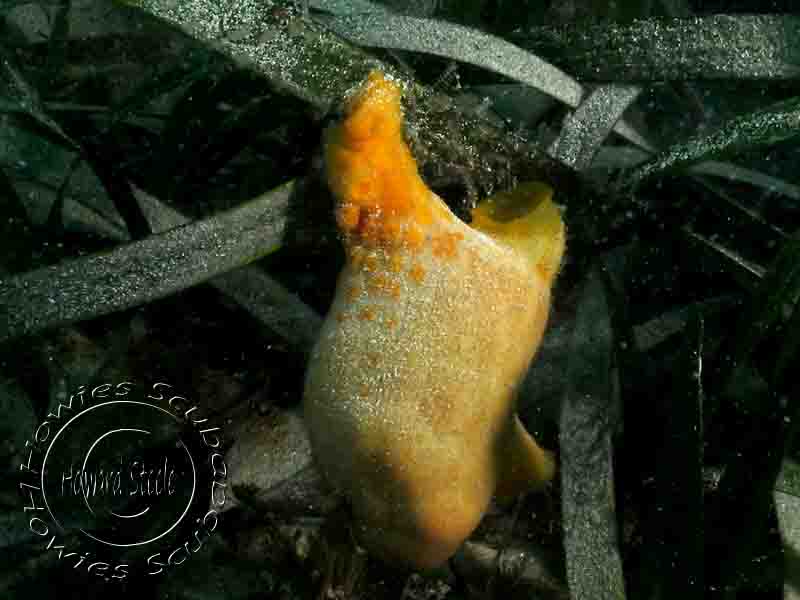
&
Lumpy Sea Tulip (Pyura gibbosa)
Sea Tulip taken at Robbs Jetty.
Possibly Southern Sea Tulips
To be honest I find distinguishing these quite difficult, they could all be of the same type of Sea Tulip or all different.
Photographs taken at Point Peron, Robbs Jetty & Elizabeth Reef.
Possibly Lumpy Sea Tulips
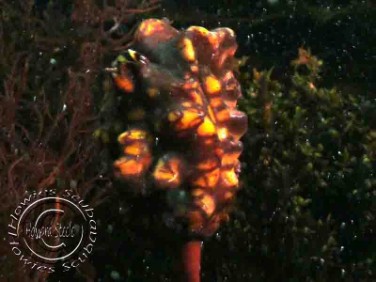
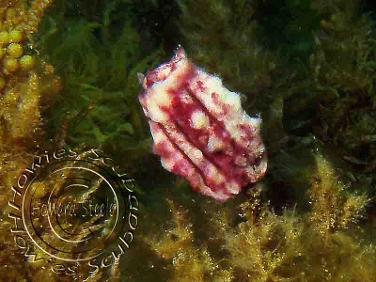
(Sigillina australis)
Due to way this Ascidian develops and grows it is quite possible these are photographs of the Southern Ascidian, definitely look like Sigillina Sp.
Photographed at Point Peron.
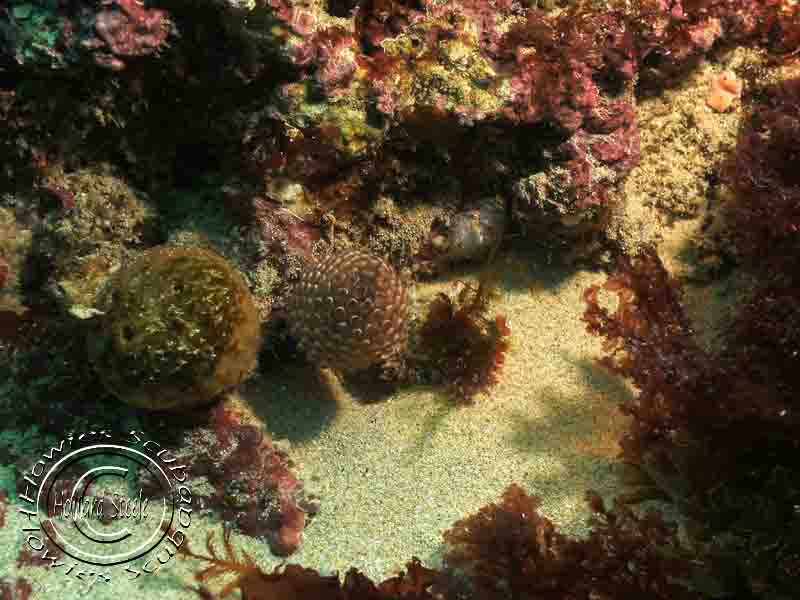
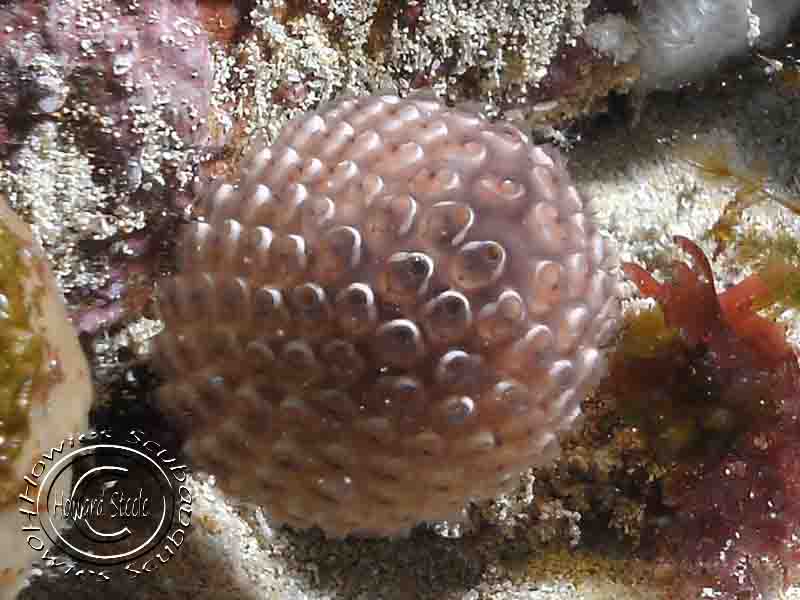
Cyan Ascidian
(Sigillina cyanea)
Photographed at BBR
Possibly Synoicum sacculum
These look very similar to Synoicum sacculum. However I have definitively been able to prove this.
These found on any of the limestone reefs north of the river.
Red Crater Ascidian
(Aplidium clivosum)
Photographed at BBR.
Gelatinous Ascidian
(Cystodytes dellachiajei)
Photographed at BBR.
Grape Ascidian
(Clavelina cylindrica)
Photographed at Point Peron.
Pink Encrusting Ascidian
(Didemnum ancanum)
Photographed at Robbs Jetty.
Puffball Ascidian
(Aplidium brevilarvacium)
Photographed at BBR.
(Szcozoa pedunctulata)
The Noddy Ascidian photographed at Camilla Wreck, these are common in sea grass and sandy areas.
Second photo of a solitary Noddy Ascidian taken at the KGT.
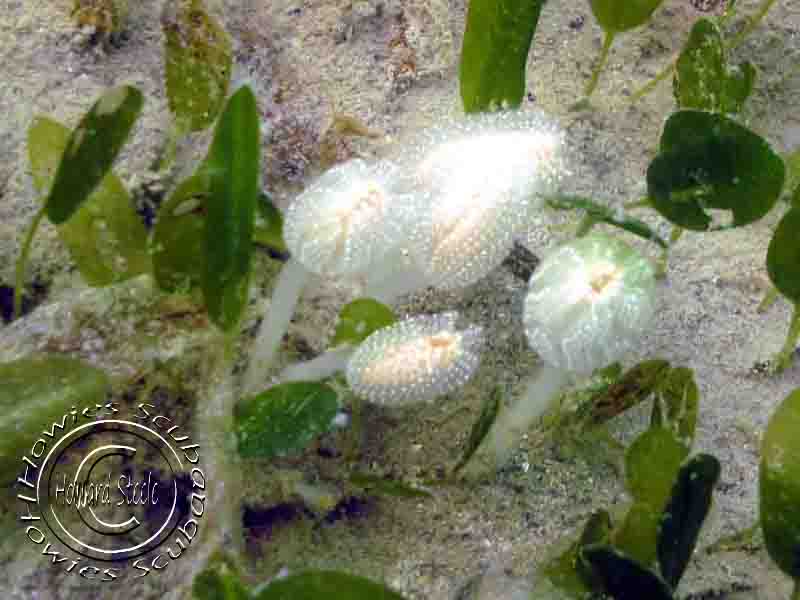
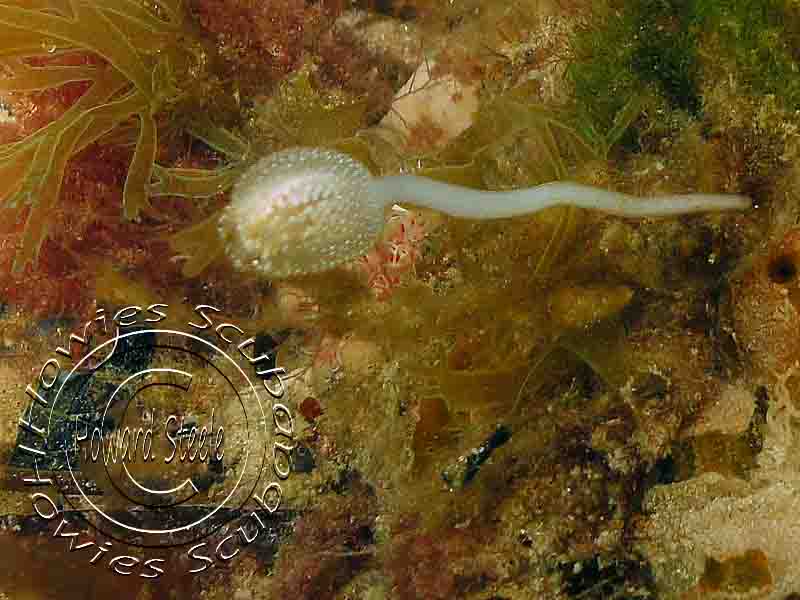
(Sycozoa murrayi)
Photographed @ Robbs Jetty.
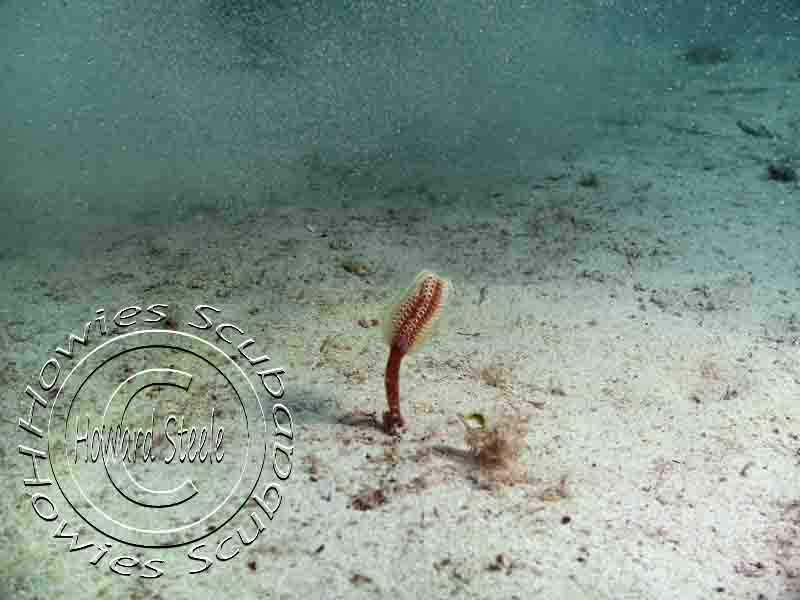
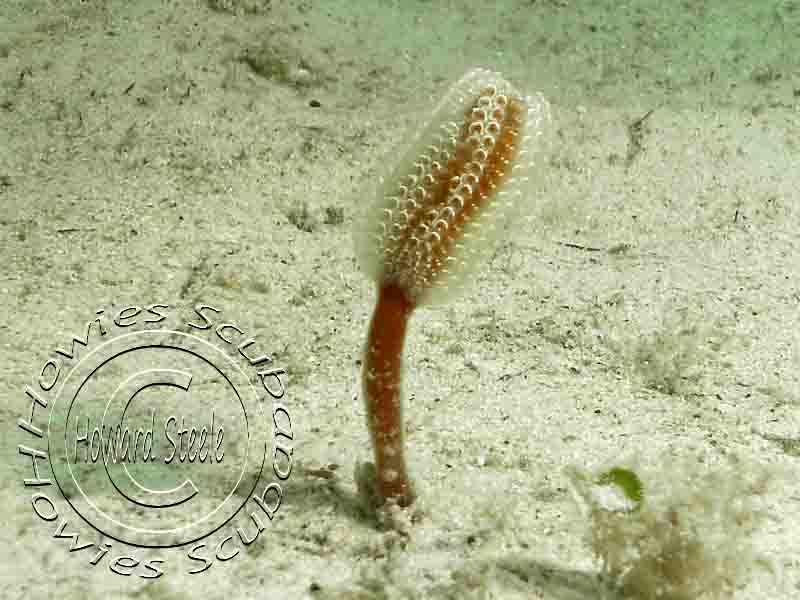
Cushion Ascidian
(Neodistoma sp.)
Photograph taken at Robbs Jetty.
White Glove leather
(Didemnum albidum)
White Glove Leather, I have obtained this name for this ascidian described in America and it is unclear if this is the actual same type of ascidian. It looks remarkable similar and may be known locally by a different name. Any further information would be helpful.
Yellow Acidian aka Obese Ascidian
(Phallusia obesa)
These Ascidians are extremely common at the local dive sites, you will find them attached to the pylons and wrecks.
I have seen similar looking Ascidians of differing colours (see below) but I am unsure if they are part of the same overall family.
I love this next set of photographs. this tiny little ascidian on the pylons at Robbs Jetty "Dinky".
And again
Obese Ascidian (furring)
I am uncertain of what process is happening here, this is quite a common experience on the ascidian. I call it furring because I have no other way to describe it, I am unsure if this is how the ascidian reproduces or whether it is some other type of symbiotic marine life.
I have several pictures of this process taking place on varying ascidians at varying dive spots and at varying stages.
Possibly Obese Ascidian of Varying Colours
I am not completely sure that these are Obese Ascidians, they look like them shape wise, however that all aside I just think the textures, colours, covering and pigment flecks on these are quite interesting.
Photographed over all the dive sites.
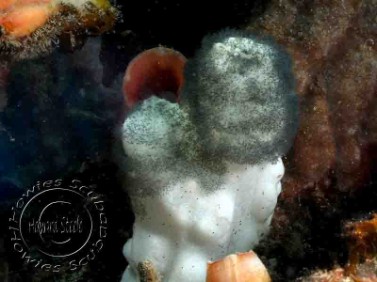
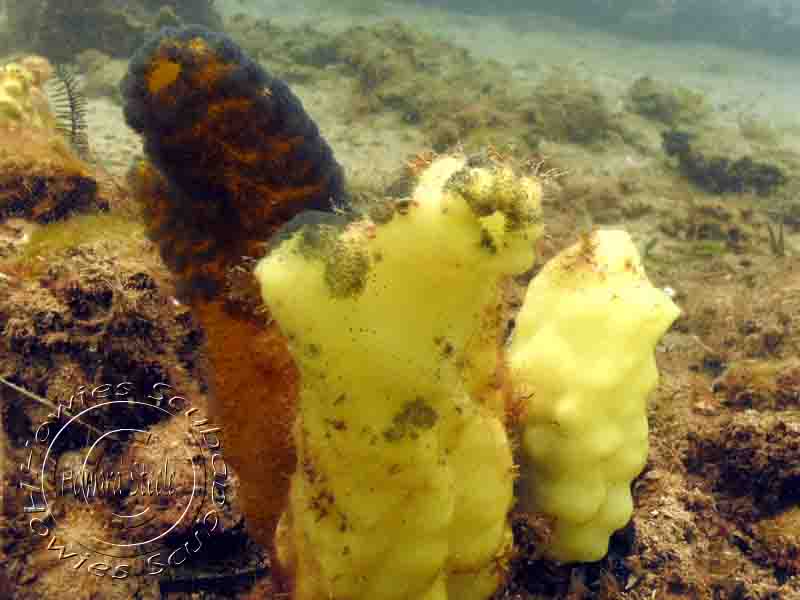
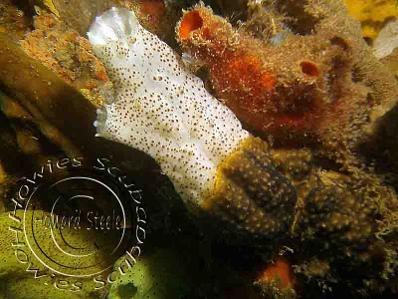
Inside the throat of an Ascidian
At Ammo Jetty I had an opportunity to photograph the inside of an Ascidians inhalent siphon.
I have tried this again since, and found that it's not as easy as it was the first time.
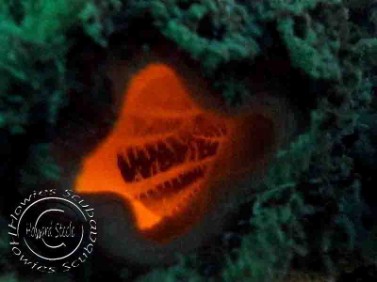
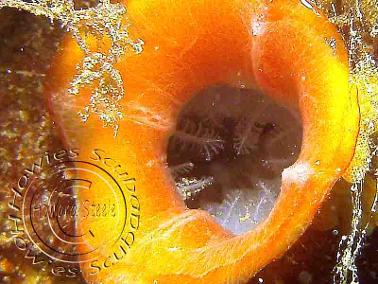
Possibly Encrusting Moss Ascidians
There is an Encrusting Moss Ascidian identified in SA known as Ritterella pedunculata.
Apart from a variation in colour, structurally these look identical, however I have been unable to identify a local source that identifies these.
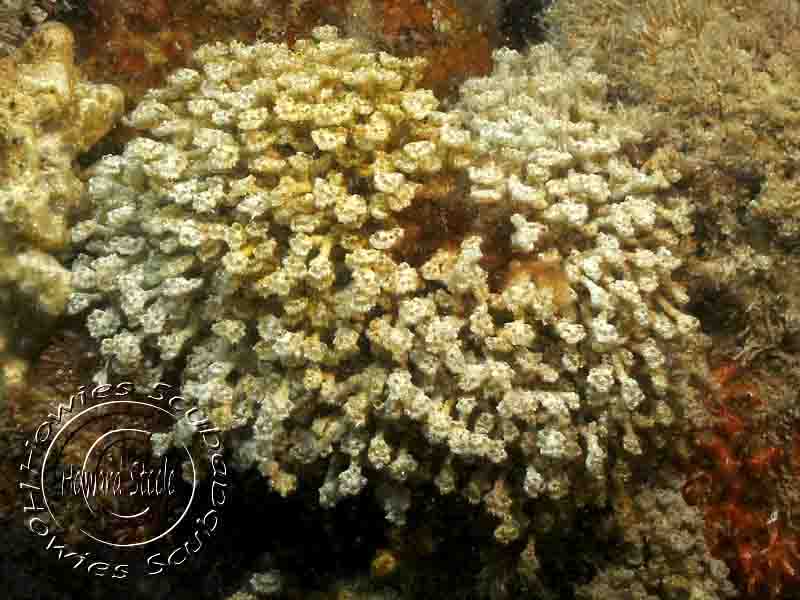
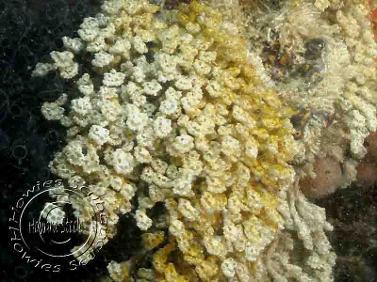
IF YOU'RE NOT GOING DOWN: THEN WHERE THE HELL ARE YOU GOING